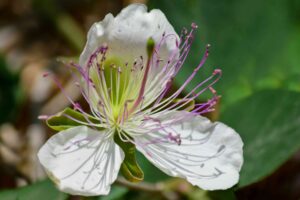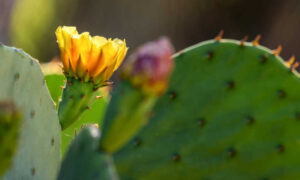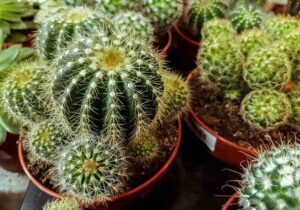Root powder, often referred to as rooting hormone or rooting powder, plays a crucial role in plant propagation. This magical powder facilitates growth by stimulating root development in cuttings and enhancing the overall vigor of young plants. Understanding how to effectively use rooting powder can significantly increase your success rate in propagating various plant species. Below we delve into the intricacies of root powder application, exploring its types, application methods, and best practices.
Roots are fundamental to a plant’s existence. They anchor the plant, absorb nutrients, and serve as conduits for water. In the process of propagation, cuttings must establish roots to thrive. Root powder contains auxins, a naturally occurring plant hormone that promotes root growth. While an invaluable tool in horticulture, its effectiveness relies on understanding how to properly use it.
Before diving into practical applications, it’s essential to grasp the various types of rooting powders available. Each type serves different purposes and works optimally with specific plant species.
Natural Rooting Hormones: Derived from natural sources like willows, these rooting powders are free from synthetic chemicals. They are often favored by organic gardeners and are effective for many types of plants.
Synthetic Rooting Hormones: Formulated with synthesized auxins, these powders are generally more potent and can lead to quicker root development. However, beginners must exercise caution, as excessive use can harm plants.
Plant-specific Rooting Hormones: Certain plants, such as succulents and hardwoods, may require specialized formulas. These targeting powders enhance the chances of successful propagation by catering to the unique botanical characteristics of each species.
Once familiar with the types, the next step involves understanding the optimal methods to apply rooting powder effectively. Various propagation techniques can yield different results based on the approach you choose.
Dip-and-Plant Method: This straightforward technique involves dipping the end of a cutting into the rooting powder before planting it in the soil. Ensure that the cut end is moistened slightly. This method allows the powder to adhere, maximizing contact with the plant tissue, which is vital for root formation. After dipping, promptly place the cutting in a pre-prepared medium, ensuring not to disturb the powder.
Mixing Method: An alternative application method involves blending rooting powder directly into the potting medium. This technique is particularly effective when propagating a large number of cuttings. Mix a small amount of rooting powder into the soil mix before planting, ensuring a covering layer of the medium has the hormone. This method delivers the rooting compound as the cutting develops its roots, providing continuous support.
Soaking Technique: For particularly stubborn cuttings or species that may struggle with typical methods, soaking them in a diluted rooting hormone solution can be advantageous. This involves mixing a diluted solution of water and rooting powder, soaking the cuttings for a few hours before planting. The cuttings absorb the hormones through the cut surface, providing an immediate boost to root initiation.
Proper timing and conditions are pivotal in enhancing efficacy. Timing refers to the right moment to take cuttings, while environmental conditions facilitate the growth process. Cuttings should ideally be taken during the plant’s active growth phase, which varies between species. Early spring or summer is typically the most favorable time for many plants.
Equally significant are the environmental conditions. Adequate moisture is critical during the root forming phase. Therefore, consider using a humidity dome or plastic bag over the cuttings after application. This retained humidity can create a mini-greenhouse effect, keeping the cuttings hydrated while they establish roots.
Temperature also influences the rooting process. Most plants prefer a warm environment to stimulate growth. A stable temperature in the range of 70 to 75 degrees Fahrenheit promotes optimal rooting conditions. Additionally, indirect light will encourage growth without the harshness of direct sunlight, which may desiccate the cuttings.
With a wealth of options comes responsibility. It’s crucial to use rooting hormones judiciously. Overapplication can lead to root rot or poor growth. Adhering to the manufacturer’s guidelines ensures optimal results and helps prevent potential complications.
Once the cuttings begin to develop roots, care must be taken in the transitioning phase. Gradually acclimate the new plants to their growing environment. This process, known as hardening off, involves slowly exposing the seedlings to external conditions—sunlight, air circulation—over several days to prepare them for life outside the humidity of propagation.
As the roots take hold and the cuttings flourish, understanding how to care for them post-propagation becomes critical for achieving sustainable growth.
In conclusion, using rooting powder is a foundational aspect of successful plant propagation. By grasping its various types, applying the methods appropriately, and understanding the importance of environmental conditions, gardeners can significantly enhance their horticultural endeavors. With practice and patience, the art of propagation can yield rewarding results, transforming mere cuttings into thriving plants that bring beauty and vibrancy to any space.





Leave a Comment